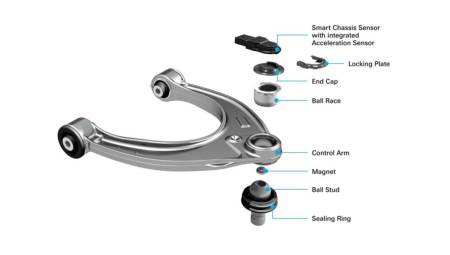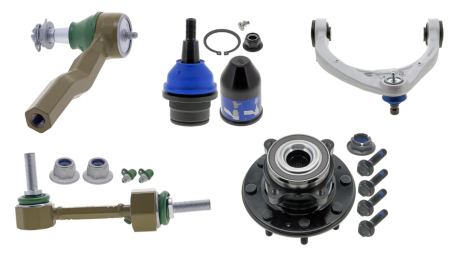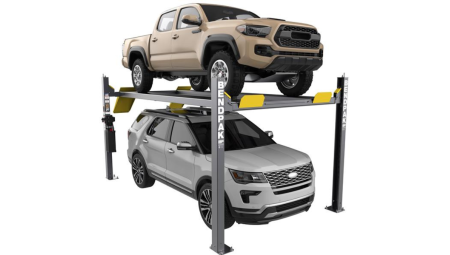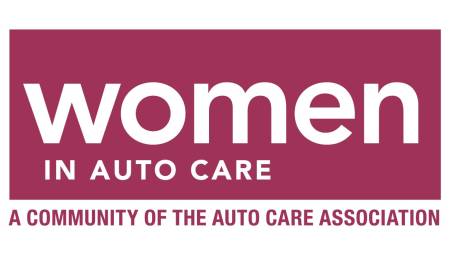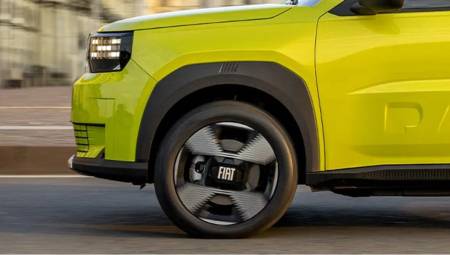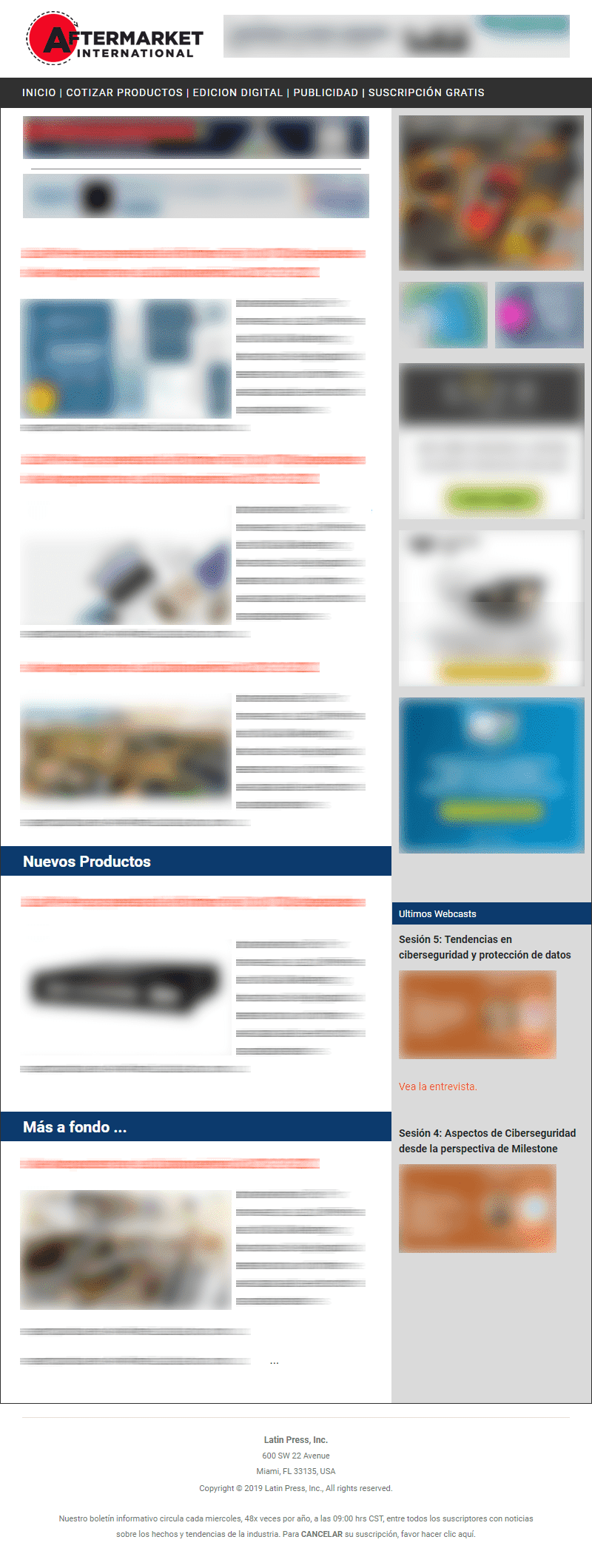United States. Original equipment manufacturers (OEMs)' hybrid product portfolio will exceed 26.3 million units globally by 2030, with a compound annual growth rate (CAGR) of 10.0%, according to projections by analyst firm MarketsandMarkets.
The study notes that the adoption of hybrid vehicles – including HEV and PHEV models – will be driven mainly by strict emission reduction targets in Europe, such as those set by the EU7 regulation. These regulations are putting pressure on manufacturers to offer cleaner and more efficient solutions, and positioning hybrids as a key option in the transition between internal combustion engines (ICEs) and battery electric vehicles (BEVs).
The analysis highlights that SUVs will account for the largest share of hybrid sales by 2030. Its popularity is attributed to the combination of extended range, cargo space and advanced comfort and safety features. Currently, this type of vehicle already represents more than 50% of global sales, a trend that is replicated in the hybrid market.
Strong PHEV growth
Among the various types of hybrid drive, plug-in hybrid electric vehicles (PHEVs) will register the highest growth, with a CAGR of 14.4% until 2030. These models offer the best of both worlds: electric operation for short journeys and combustion engine for long distances, making them attractive to a wide range of users. However, it is anticipated that their prominence will diminish beyond that date, as BEVs gain more acceptance.
Europe: the epicentre of hybrid mobility
Europe will consolidate itself as the main market for hybrids. The European Union's environmental goals, which include a 55% reduction in CO₂ emissions from new vehicles, are accelerating demand for options such as HEVs and PHEVs. The operational efficiency of hybrids, together with technologies such as the start-stop system and optimized engines, positions them as a viable solution to meet these objectives.
Among the main OEMs key in the development of hybrid solutions are: Toyota, BYD, Renault-Nissan-Mitsubishi, Hyundai, Honda, Volkswagen, BMW, Ford, and Mercedes-Benz.
In addition to detailing projections, the study identifies the main factors driving the market—such as environmental regulations—as well as constraints (high cost vs. ICEs) and opportunities (battery advancements)



